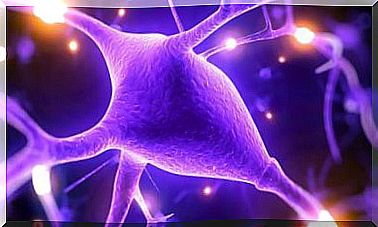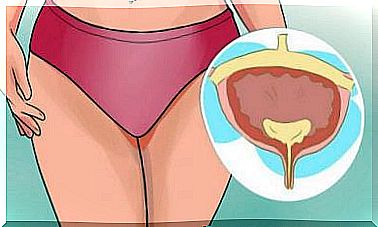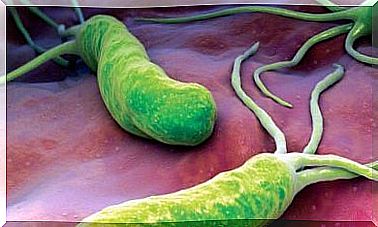Symptoms And Treatment Of Thyroid Cancer
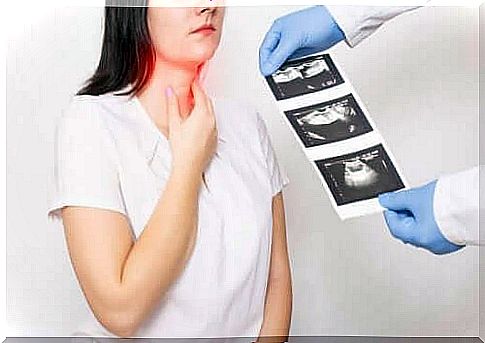
Cancer is an abnormal and advanced growth of cells in an organ. The thyroid gland is also susceptible to this kind of growth. This gland is responsible for secreting hormones that contribute to important processes such as metabolism, heart rate, body temperature and blood pressure. Read on here to learn all about the symptoms and treatment of thyroid cancer.
According to statistics from the Global Cancer Observatory , this type of cancer in 2018 accounted for 3.2% of new cases of cancer that were diagnosed. In addition, experts estimate that it caused more than 41,000 deaths worldwide in the same year.
The most obvious symptom of thyroid cancer is nodules that appear above the gland on the neck. This malignant disorder occurs most cough patients over 60 and under 30. According to estimates by the American Cancer Society , by 2020 they will diagnose 52,890 cases in the United States alone.
What are the symptoms of this type of cancer? What treatments are available? The answers to these questions are important for everyone. As with any other type of disease, early and correct diagnosis and treatment improve the prognosis. In this article we will answer your questions.
Symptoms of Thyroid Cancer
Thyroid cancer usually appears as a painless and noticeable lump in the front of the neck. This nodule should be distinguished from a benign nodule in the thyroid gland. Benign thyroid nodules are found in about 7% of the population.
Pain is associated with benign disorders associated with the thyroid gland such as acute viral inflammation of the thyroid gland. However, some symptoms that can be noticed are:
- Persistent hoarseness.
- Problems swallowing food.
- Problems breathing.
- Constant cough.
The pressure that the lump creates on the airways and esophagus in the throat causes these symptoms. In the early stages, however, one may not notice them. In any case , it is important to talk to a doctor as soon as you experience anything abnormal.
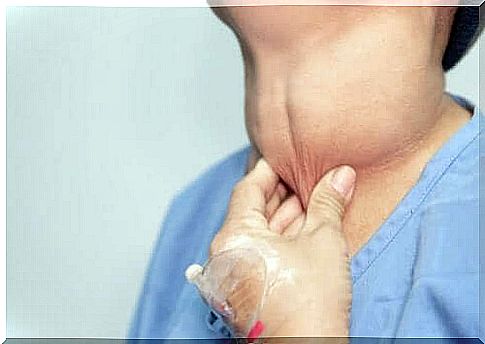
Diagnosis and treatment of thyroid cancer
The final step in the diagnosis is to distinguish malignant nodules from the benign ones, which determines which patients have cancer and which do not. The primary method of diagnosis is medical history, physical examination, laboratory tests and biopsy with a thin needle.
After asking a series of questions , the doctor will then feel the area around the neck and will want to feel the thyroid gland as well. Then they might perform a series of lab tests, and if they notice anything abnormal, they might ask for an ultrasound test to try to understand what is happening.
After confirming the condition of the lump in the throat, they may suggest a biopsy. A biopsy is the definitive method for diagnosing thyroid cancer. In this test, they extract cells from the suspected area and analyze them in the laboratory.
The treatment of thyroid cancer is surgical removal of the lump. Before performing surgery on a patient to treat thyroid cancer, the doctor will perform a procedure called laryngoscopy.
With this procedure, the doctor can determine if the vocal cords are moving normally. During this procedure, the doctor observes the neck to examine the larynx with special mirrors or a special tube with a light and a lens at the end.
They perform a laryngoscopy because of the risk of damaging the vocal cords during surgery. After surgery and evaluation , your doctor may recommend other complementary therapies such as radiation therapy.

What should one keep in mind?
Thyroid cancer is a type of cancer that affects the thyroid gland. This type of cancer has a high survival rate and accounts for about 3.2% of all cancers in the world. It is usually diagnosed by identifying a painless lump on the front of the neck and removing the lump surgically to treat the disease.






